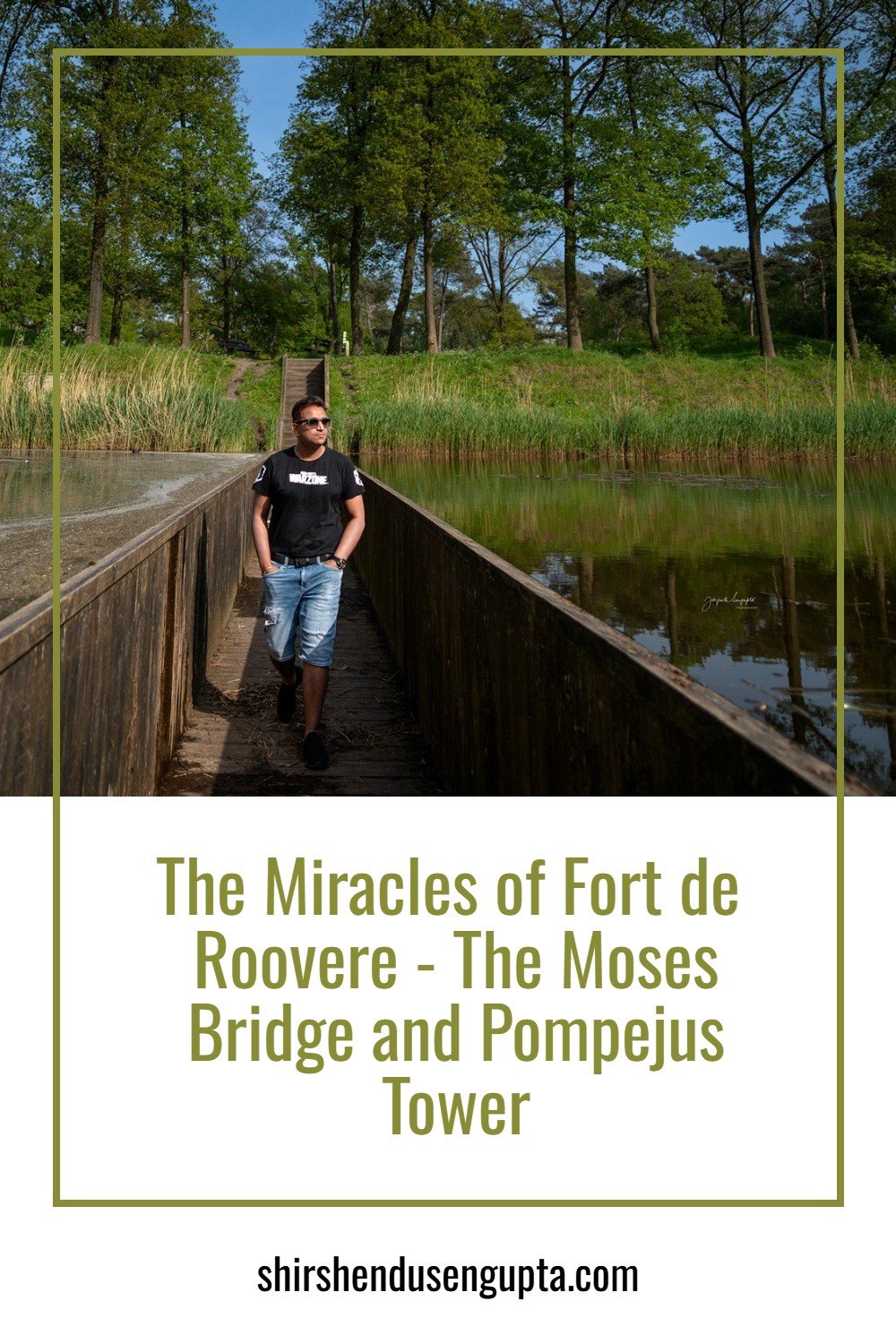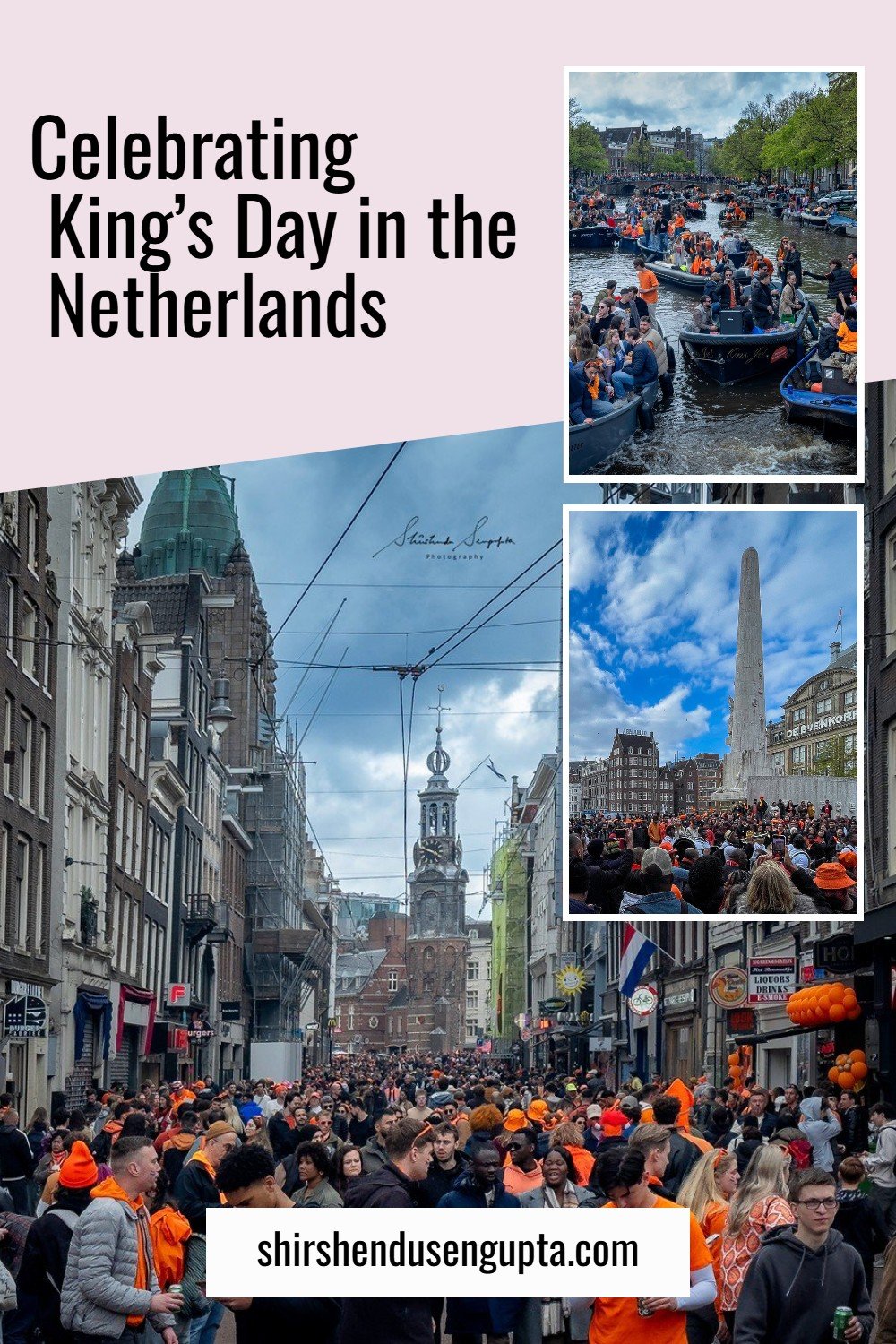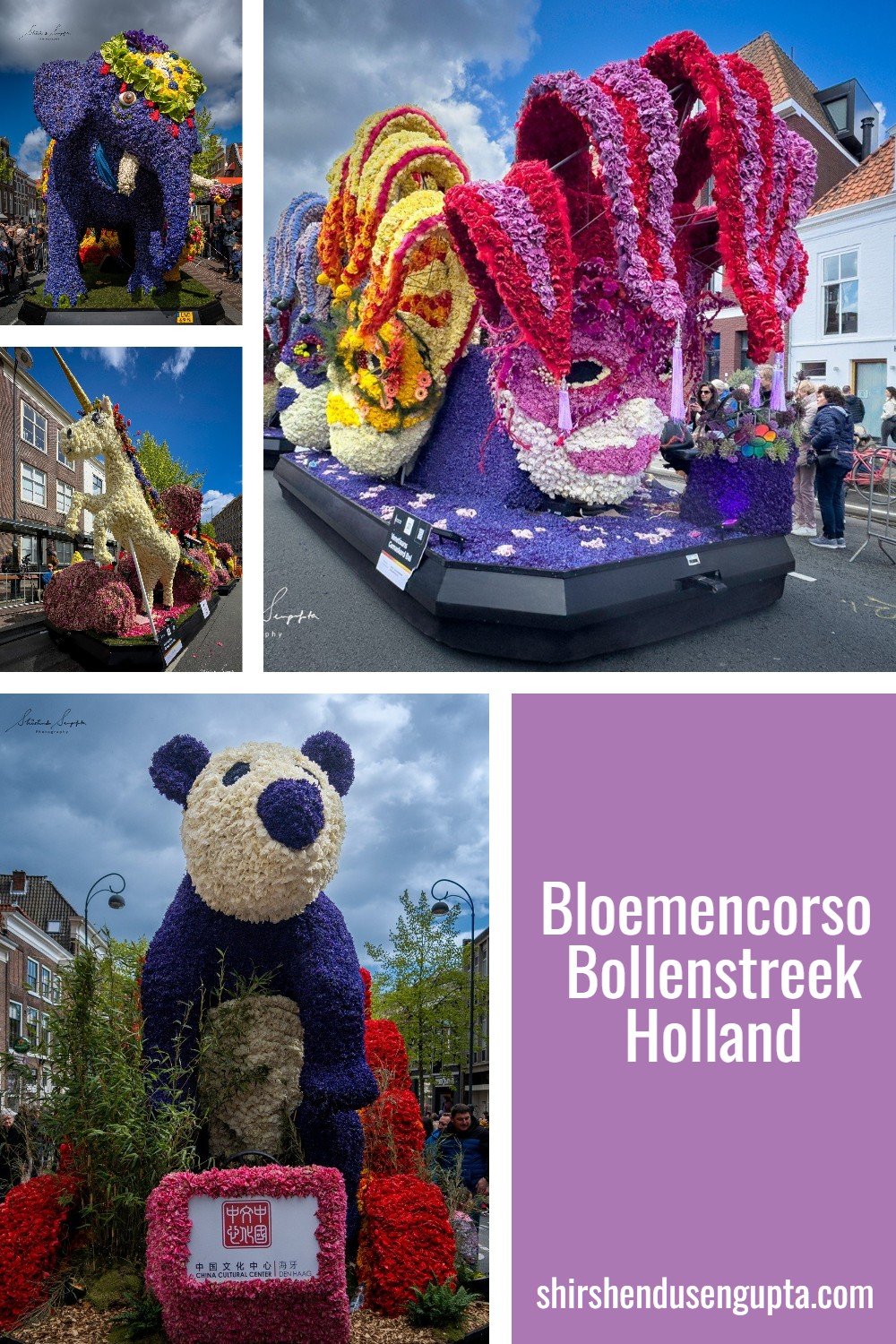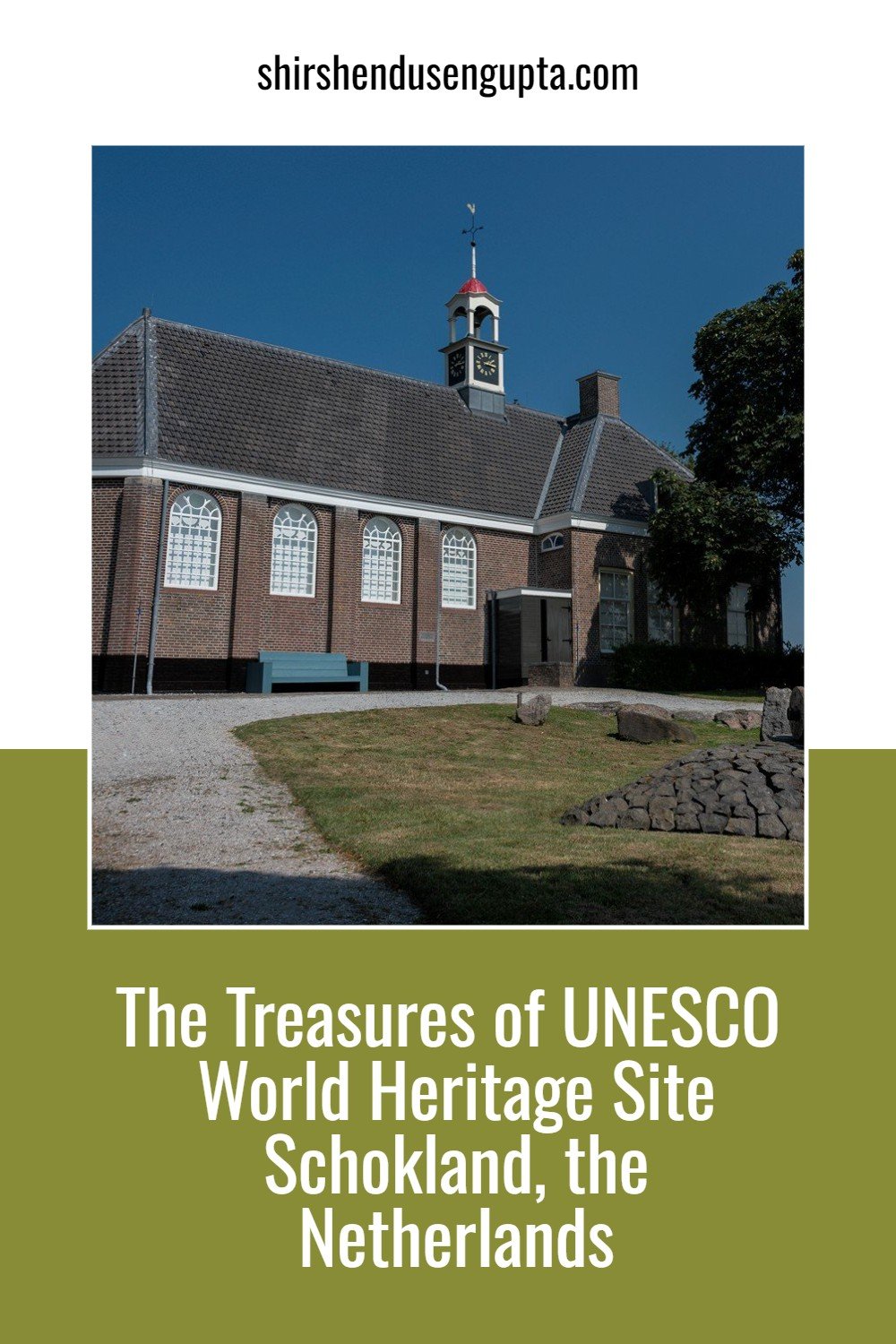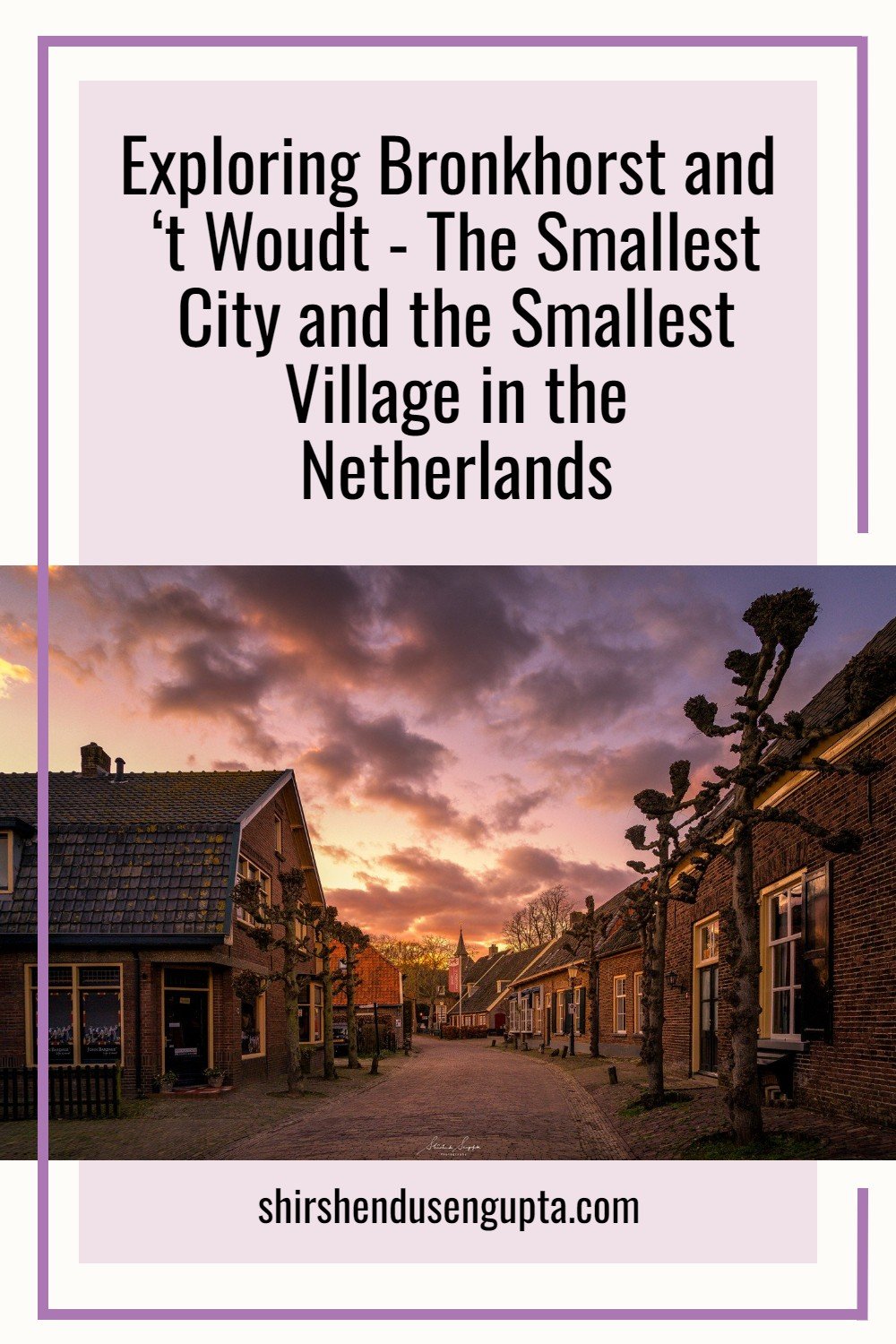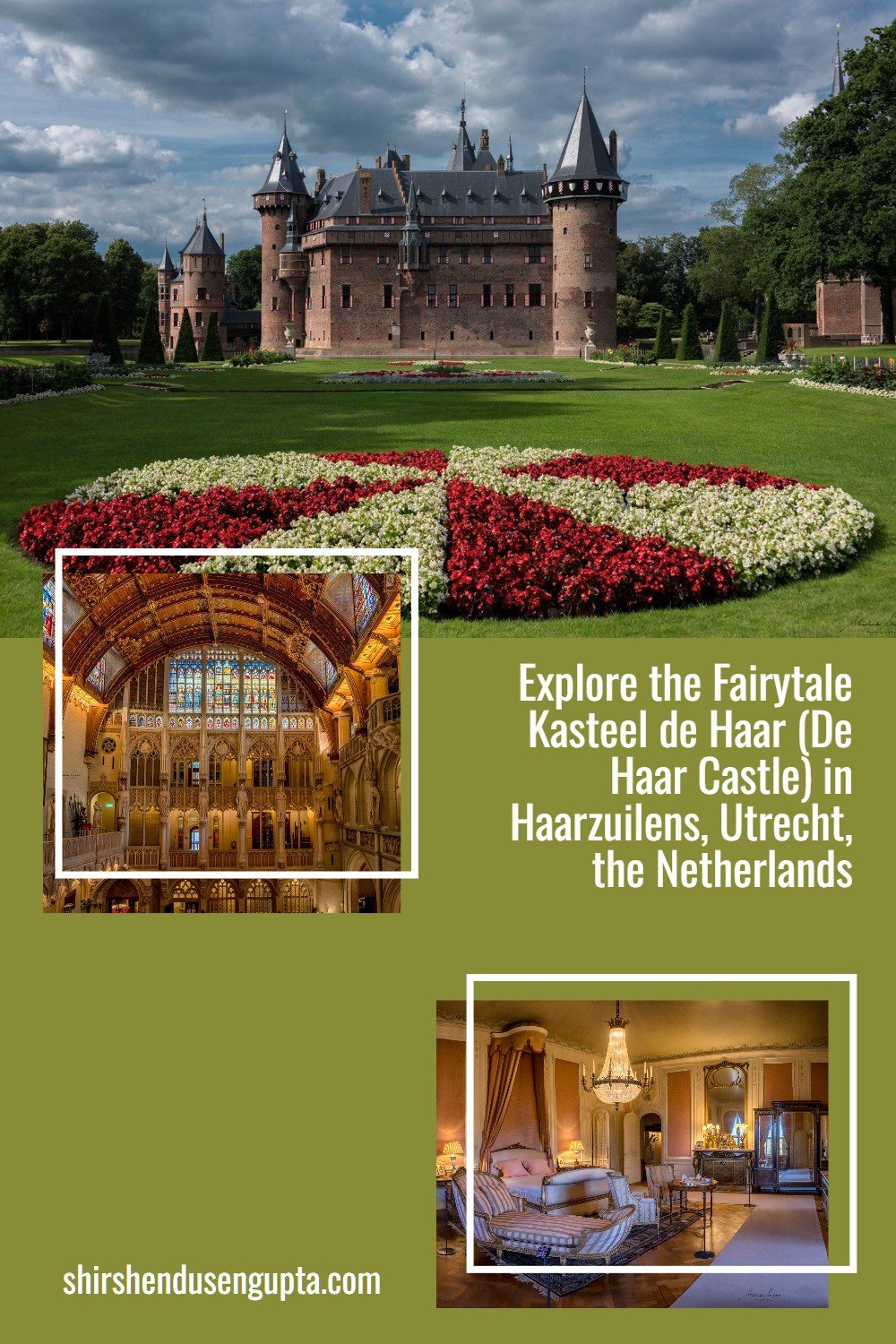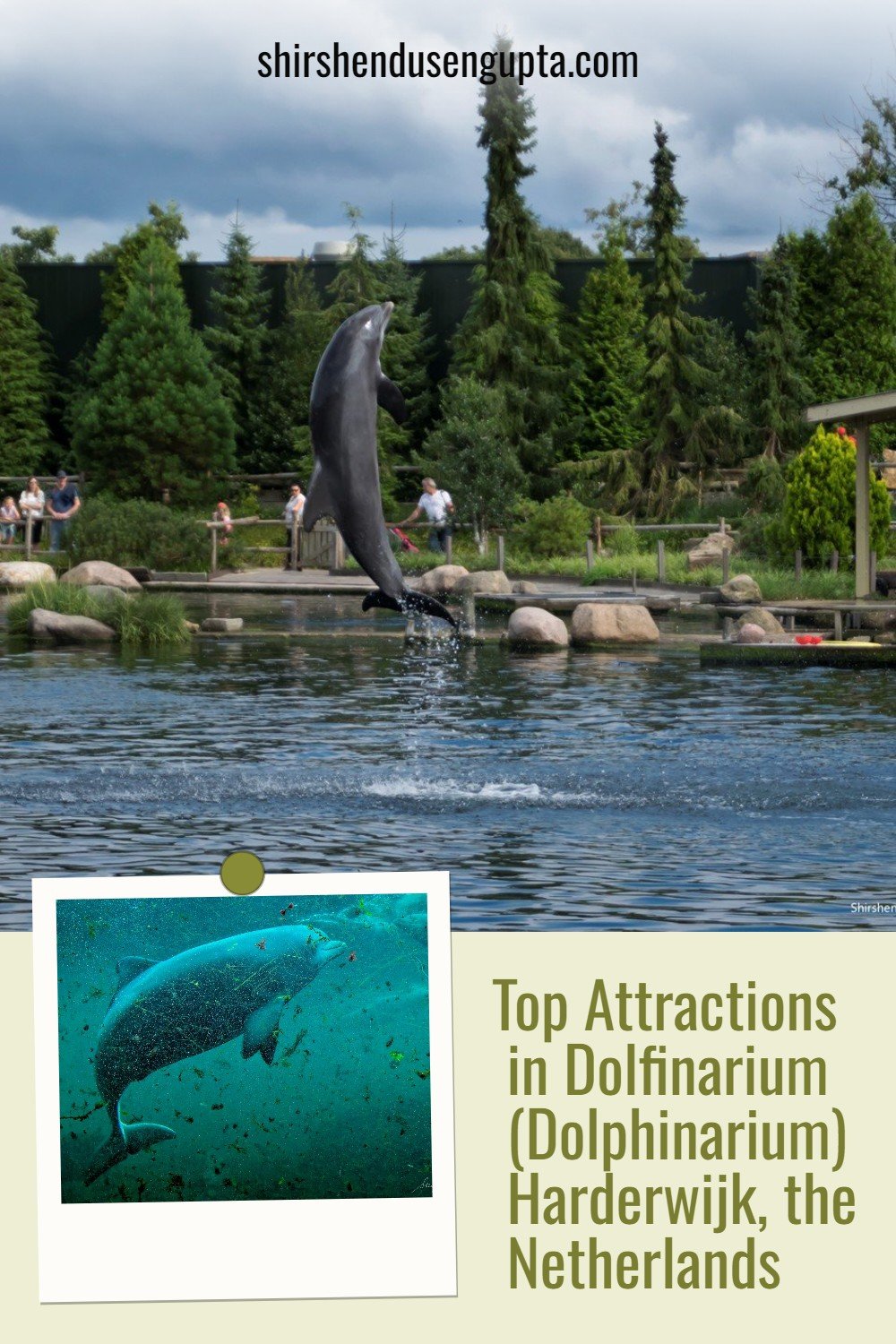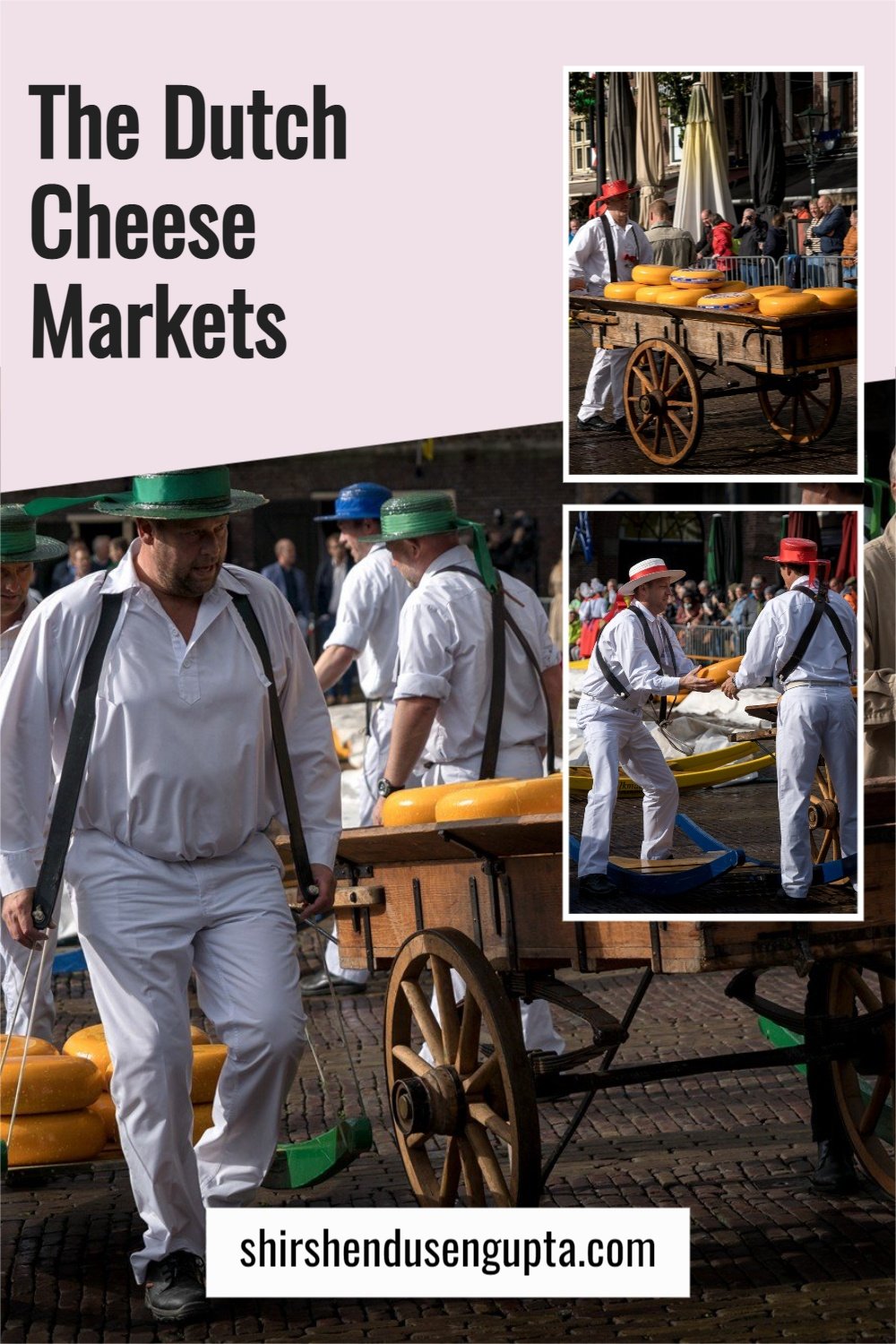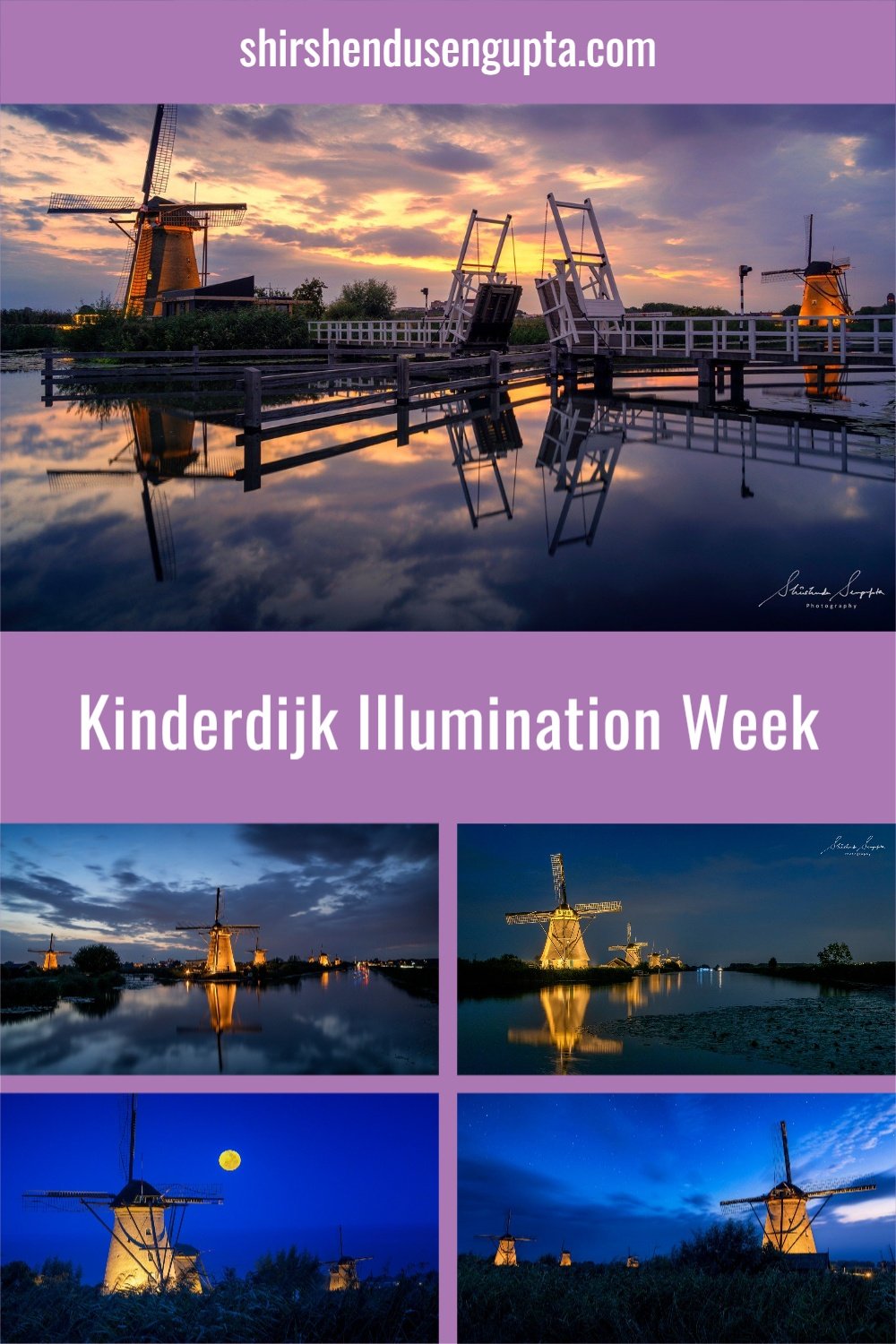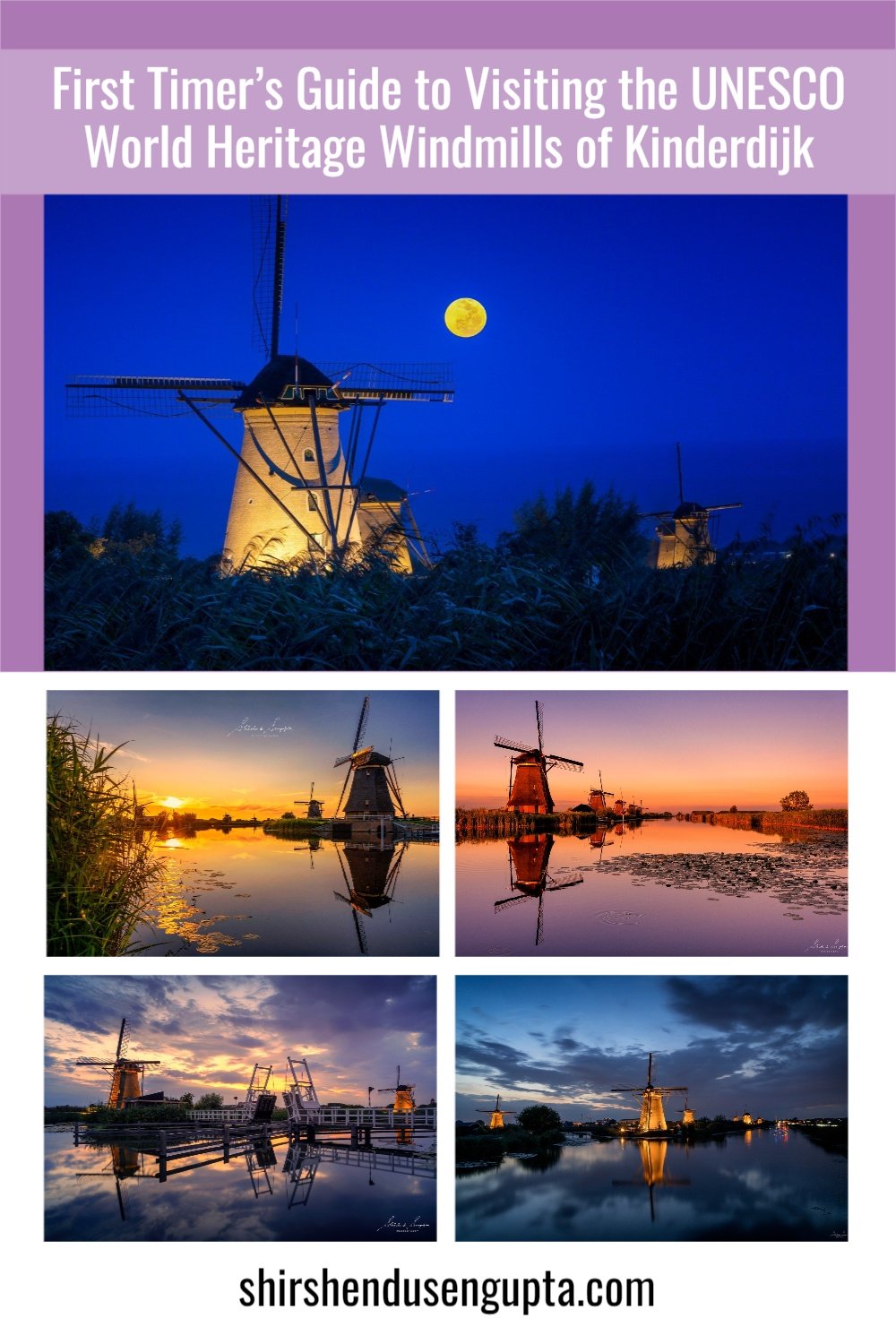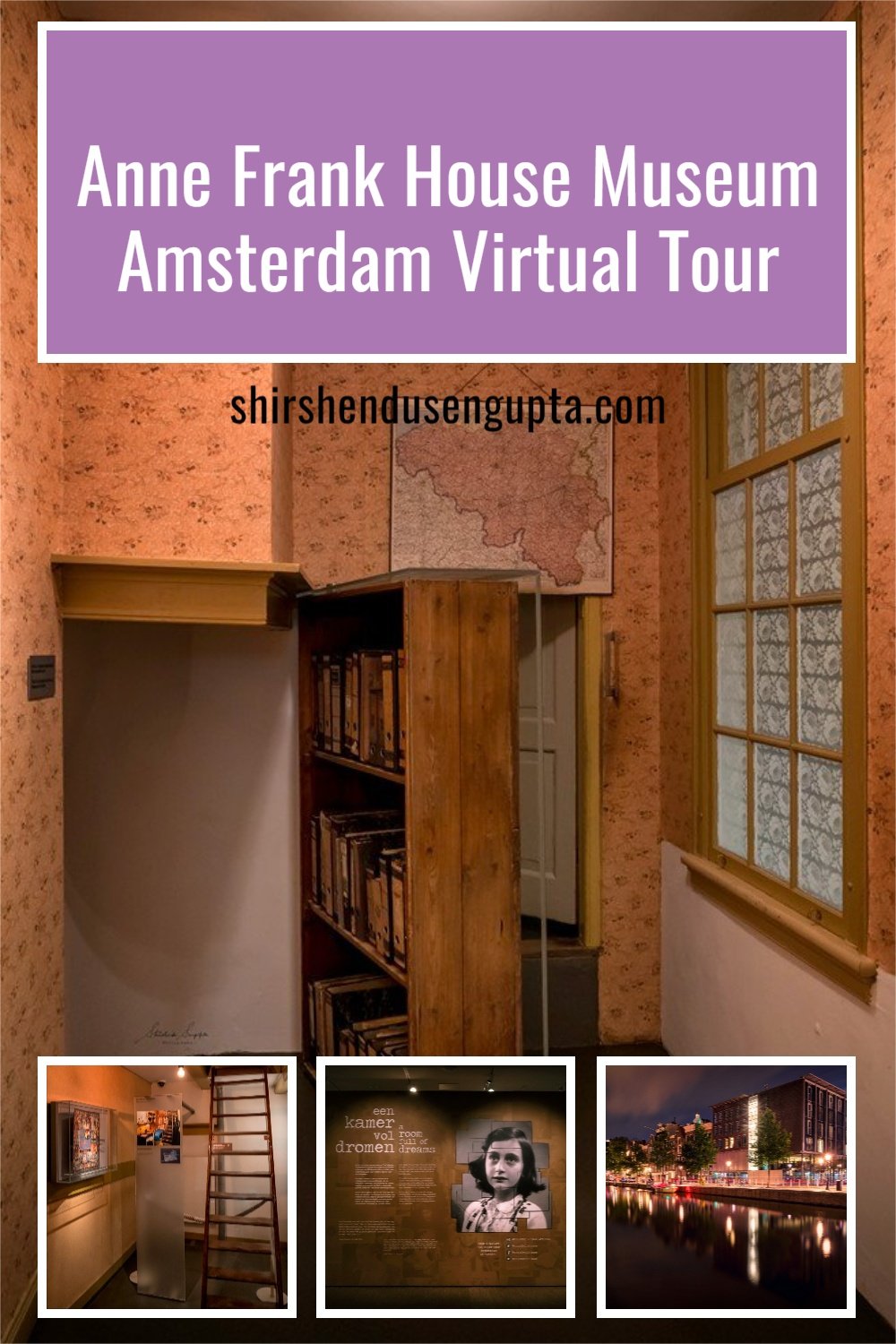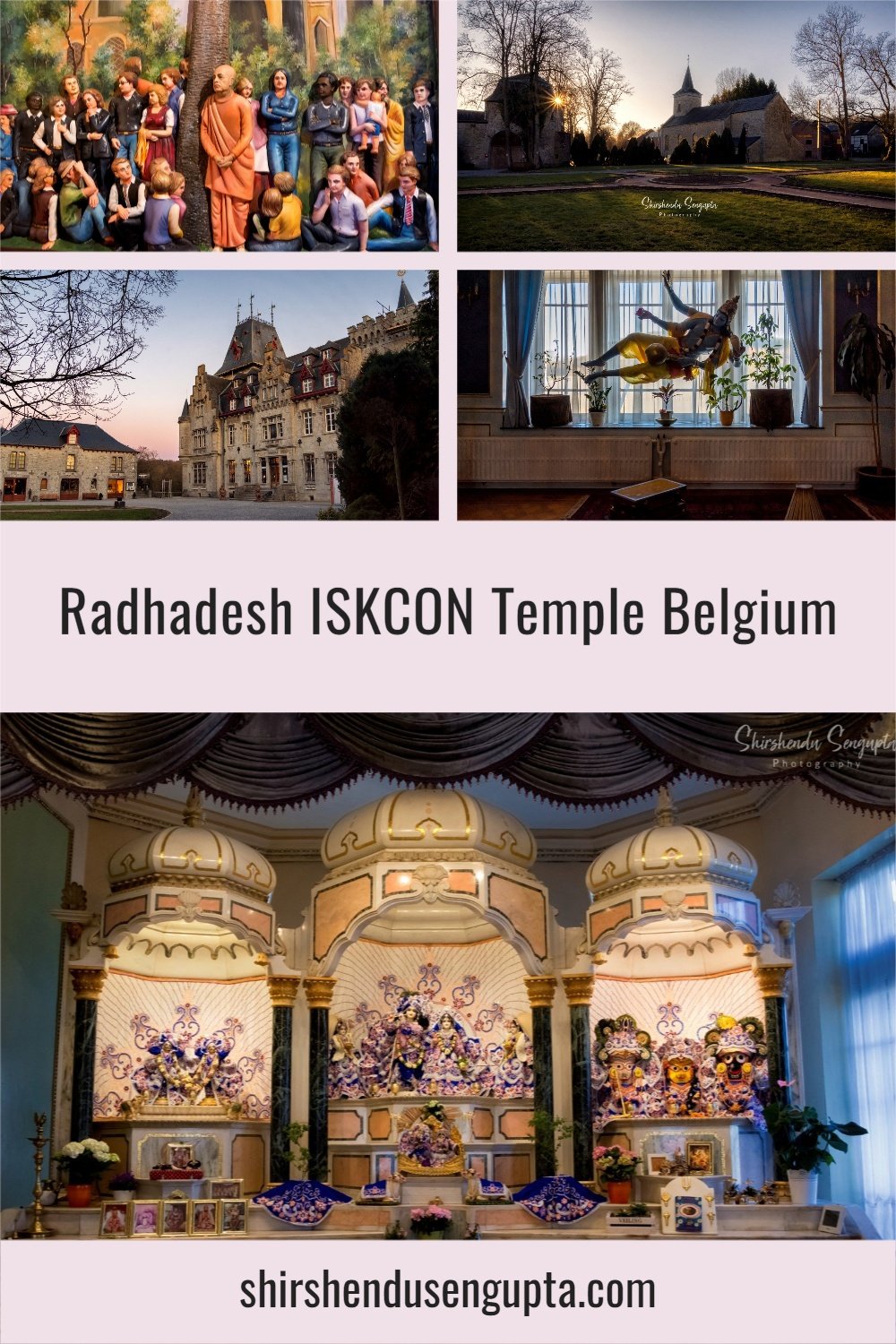The Miracles of Fort de Roovere | The Moses Bridge (Mozesbrug) and Pompejus Tower (Pompejustoren) at Halsteren in Bergen op Zoom, Noord-Brabant, the Netherlands
Welcome to Fort de Roovere
The Fort de Roovere near the town of Halsteren located in the municipality of Bergen op Zoom within the province of Noord-Brabant is one of the largest forts of the West Brabantse Waterlinie (West Brabant Waterline). The West Brabantse Waterlinie (now part of the Zuiderwaterlinie) is a defensive line that was created by linking cities and villages with earthen fortresses and walls. The West Brabantse Waterlinie defense line comprised of the forts de Roovere, Pinssen, Moermont, Henricus, Halsters Laag, de Liniewal, and Ravelijn. This defense line was surrounded by inundation zones that could be flooded with water too deep for enemy infantry soldiers to cross yet too shallow for enemy boats to sail through it. Ditches and spikes were hidden below the waterline. It was conceived in 1628 during the Eighty Years’ War (Dutch War of Independence from the Spanish between 1568 and 1648) by Maurice of Nassau, the States General of Zeeland and Holland. From 1628 to 1816, this water line resisted several European armies.
The main attraction of the Fort de Roovere is the miraculous Moses Bridge (Mozesbrug) where you walk below the water level, but your feet remain dry! This 'trench bridge' is a modern work of art that has won important architectural and construction prizes. The other attraction is the new theater tower named the Pompejus Tower (Pompejustoren) built in 2018 which offers panoramic views of the West Brabantse Waterlinie and the Zuiderwaterlinie.
A Brief History of Fort de Roovere
Fort de Roovere wasn't always a haven of nature as it appears today. In 1628, when the Spanish plundered the fortress town of Steenbergen and advanced towards the fortified city of Bergen op Zoom, Maurice of Nassau decided to build the West Brabantse Waterlinie to thwart their invasion of the country. The massive fortification project started in 1629 as a part of which, Fort de Roovere was built. Just in time, the West Brabantse Waterlinie prevented a French force from entering in 1672 when construction was finished.
However, in 1747, during the Austrian War of Succession (1740–1748) the French conquered Bergen op Zoom and besieged the Fort de Roovere. Eventually, the fortress Bergen op Zoom fell and the siege was dropped. During the Napoleonic Wars, the British besieged Bergen op Zoom as they drove the French back to their homeland. The fort was abandoned after the end of this battle.
The fort gets its name from Pompejus de Roovere, who oversaw the building of the defenses on behalf of the States of Holland and later became the first commander of the fort. Built atop a sand ridge based on a design by Jacob Vleugels, that followed the Old Dutch construction style with a bastion at each of the four corners. For the military occupation, barracks and warehouses were constructed in the fort's courtyard. During enemy attacks, the surrounding moats (inundation region) could be flooded because the fort was higher.
The fort underwent an extensive renovation project in 2010 that began with the clearing of the surrounding areas. The clearing of the area led to many local protests as no attention was paid to preserving the archeological traces of the French siege. Local amateurs with metal detectors, still regularly find cannonballs there most likely dating back to the time of the siege.
Things to Do at Fort de Roovere
1. Walk over the Moses Bridge
The 2010 renovation project also included deepening the existing moat to make the fort more recognizable and constructing a new bridge to access the fort. RO&AD Architects were hired for this purpose. The RO&D Architects believed constructing a bridge over a moat meant for defense purposes defeats the purpose of the moat. Therefore, they decided to create an invisible bridge. The entire structure is composed of water-resistant, rot-resistant Accoya wood, which is further waterproofed with EPDM (ethylene propylene diene monomer) rubber foil to withstand persistent moisture and winter freeze. Shaped to blend in with the contours of the surroundings, the bridge rests like a trench between the moat and the fort. When you walk through the bridge, you are technically walking below the water level. The adjustable dams that regulate the water levels on the moat's sides ensures that the water doesn’t spill over the sides of the bridge. When it rains a lot, a pump beneath the bridge removes surplus water.
Since the structure appears to divide the moat's waters, it has derived its name ‘The Moses Bridge’ from the Biblical reference of Moses parting the Red Sea with his staff during the Exodus of the Israelites. The Union of Dutch Architects, or BNA, recognized the Moses Bridge as the ‘2011 Build of the Year.’
View of the moat of Fort de Roovere from Moses Bridge
2. Climb the Pompejus Tower
RO&AD Architects also designed a 25-meter high watchtower made of steel and Accoya wood on Fort de Roovere named as Pompejus Tower which was publicly inaugurated on Saturday 24th March 2018. The basic structure is made of steel triangles, which was created using the "Voronoi" mathematical design approach, which allowed windows and openings to be constructed in the facade. In addition to its purpose as a watchtower, Pompejus can also host exhibitions and open-air performances. When you brave the 129 steps and reach the top, you are rewarded with a beautiful view of Fort de Roovere, Halsteren, and the adjacent village of Moerstraten.
View of Fort de Roovere and the surroundings from the top of Pompejus Tower
3. Go for a Walking Route on the West Brabant Waterline
Don your finest walking shoes and enjoy a leisurely stroll beside the trenches, dry canals, and earthen walls of the West Brabant Waterline to take in the beauty of the Brabant landscape. To help you plan your walking route, I’m sharing a small route (2 km) around the Fort de Roovere and a long route (5 km) between Fort de Roovere and Fort Pinssen. Choose the one that suits you best. I’m sure you will thoroughly enjoy both of them.
Map Courtesy: vvvbrabantsewal.nl
4. Eat at Schaft or Picnic in the surroundings of Fort de Roovere
You can eat and drink something in “De Schaft”, the former management hut of Fort de Roovere now housing an information point, toilet facilities, and a cafeteria with a small terrace. You can also choose to simply sit on the grounds nearby and open your basket of food that you got for home and get into picnic mood just like we did.
How to visit Fort de Roovere
Address: Fort De Roovere, 4615 AB, Halsteren
GPS Coordinates: 51.5292° N, 4.2970° E
Parking: Free parking on site
Public Transport: From wherever you are, take a train to Rotterdam Centraal. From there, take Metro D/E towards De Akkers and get down at Zuidplein. From there take Bus 310 towards Bergen op Zoom and get down at Halsteren, Molenplein. From there it’s a 20-minute walk to Fort de Roovere.
Best time in the year to visit: The spring and summer months (April through September) are the ideal times to visit Fort de Roovere because the weather is nice for outdoor activities and the surrounding landscape is at its most beautiful. However, during summer months, the water in the moats may dry up spoiling the beauty of the Moses Bridge.
Accessibility: The fort is an outdoor site with natural terrain, therefore tourists with mobility issues may find it difficult to access.
Opening Hours and Ticket Prices: Since Fort de Roovere is an outdoor historical site, it is usually open to the public year-round. The fort itself does not charge an entrance fee. There can be additional fees, though, if there are special events or guided tours. For the most up-to-date information, including details on any special events, guided tours, or changes in accessibility, visit the website mentioned below.
Website: zuiderwaterlinie.nl/vestingsteden/forten/fort-roovere
Epilogue
So that was all you need to know to visit the Miracles of Fort de Roovere. Please let us know in the comments below if you enjoyed reading this article.
And if you want to explore more such hidden gems in the Netherlands, please read our article Netherlands Off The Beaten Track | 39 Best Hidden Gems in the Netherlands. Until then, merry traveling and happy shooting!
Pin the article
Bookmark the article for reading later!
Want to license/buy photos in the article?
License photos for commercial/editorial use or buy photo prints!
Want us to write an article for you?
Articles for magazines, newspapers, and websites!
Watch our Videos
Check out our videos on our Youtube Channel!
Join the Newsletter
Get updates on our latest articles!
We respect your privacy. Read our policy here.



